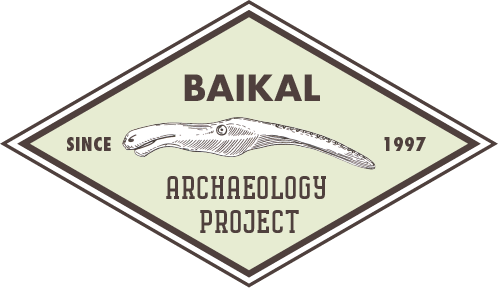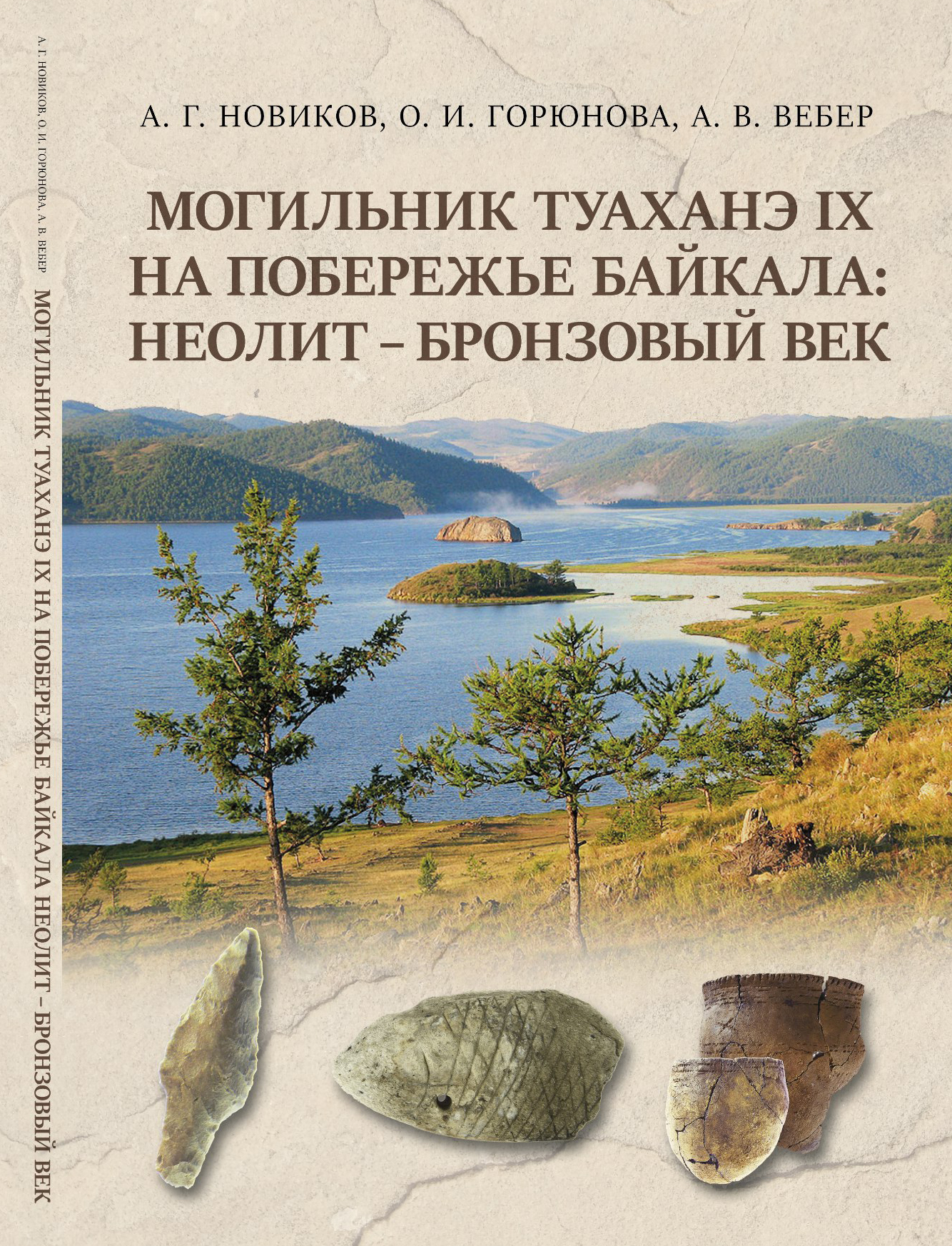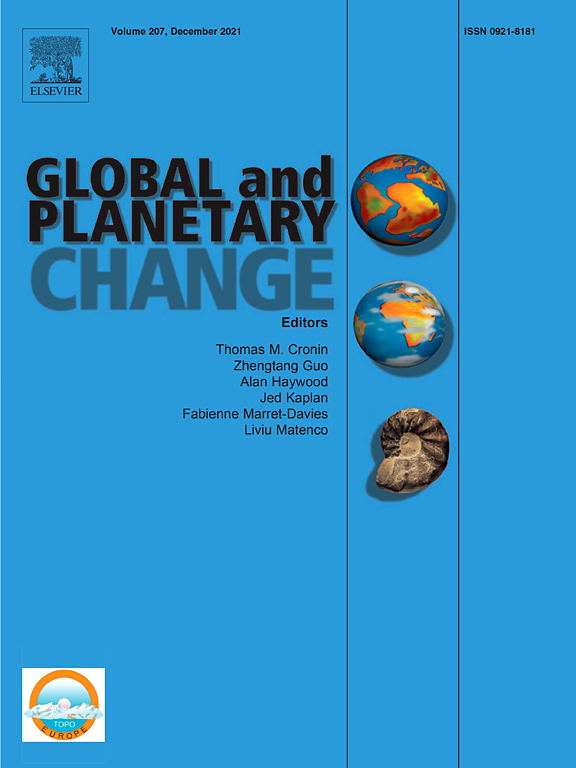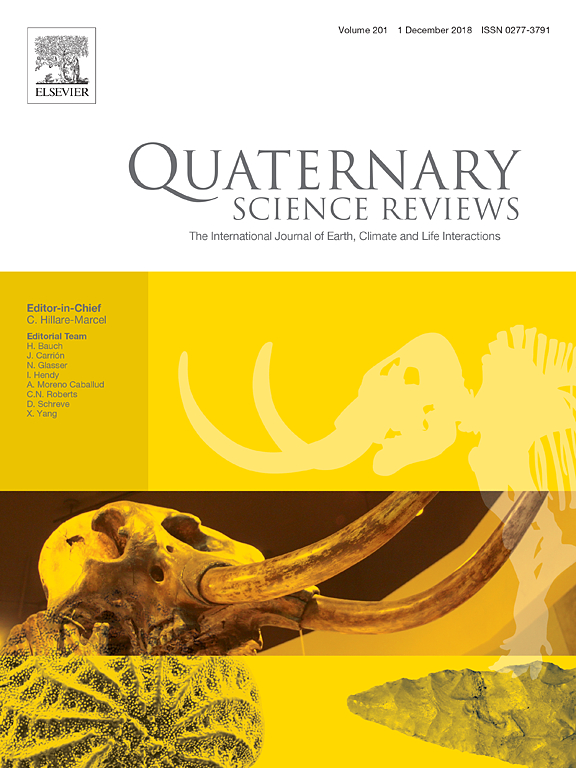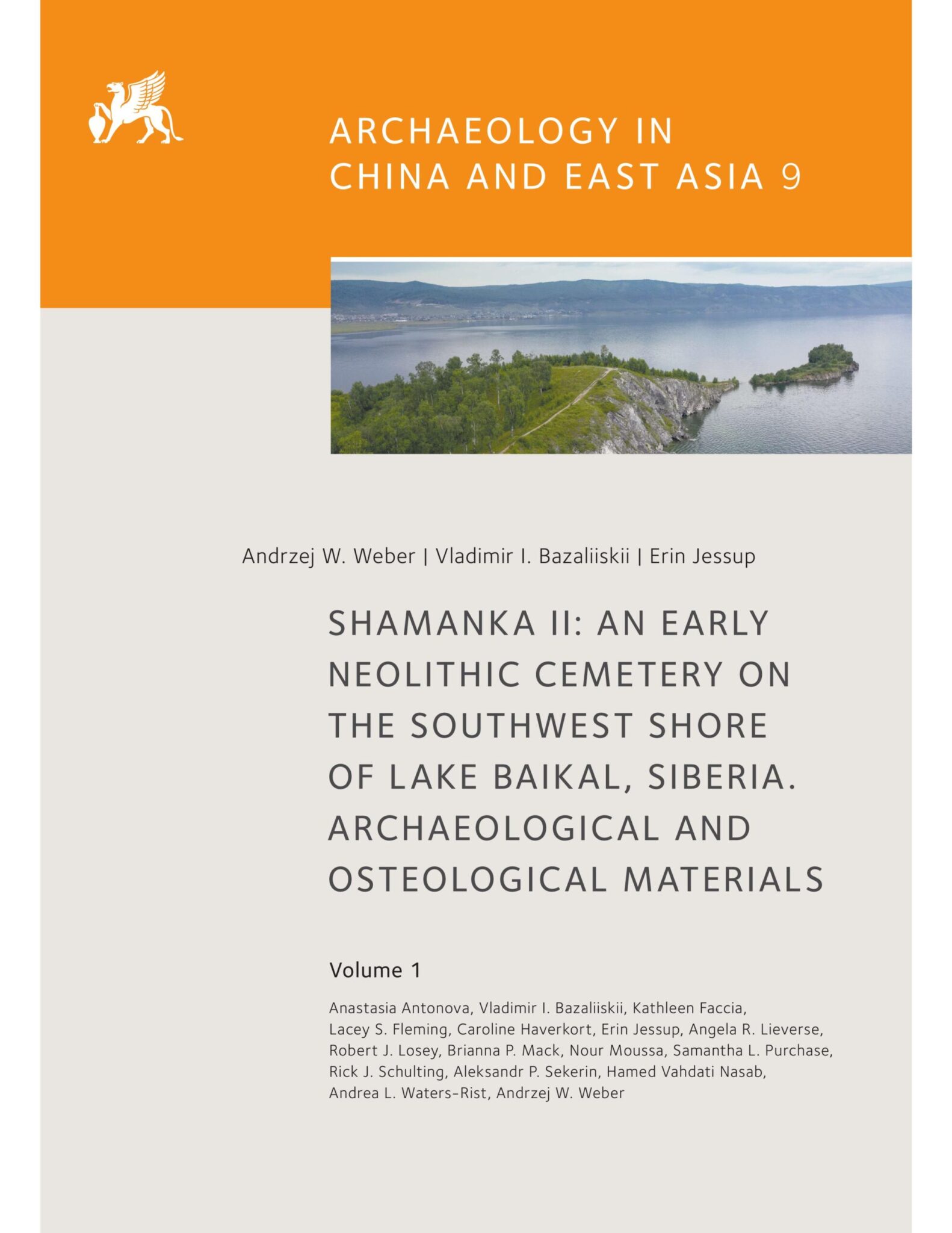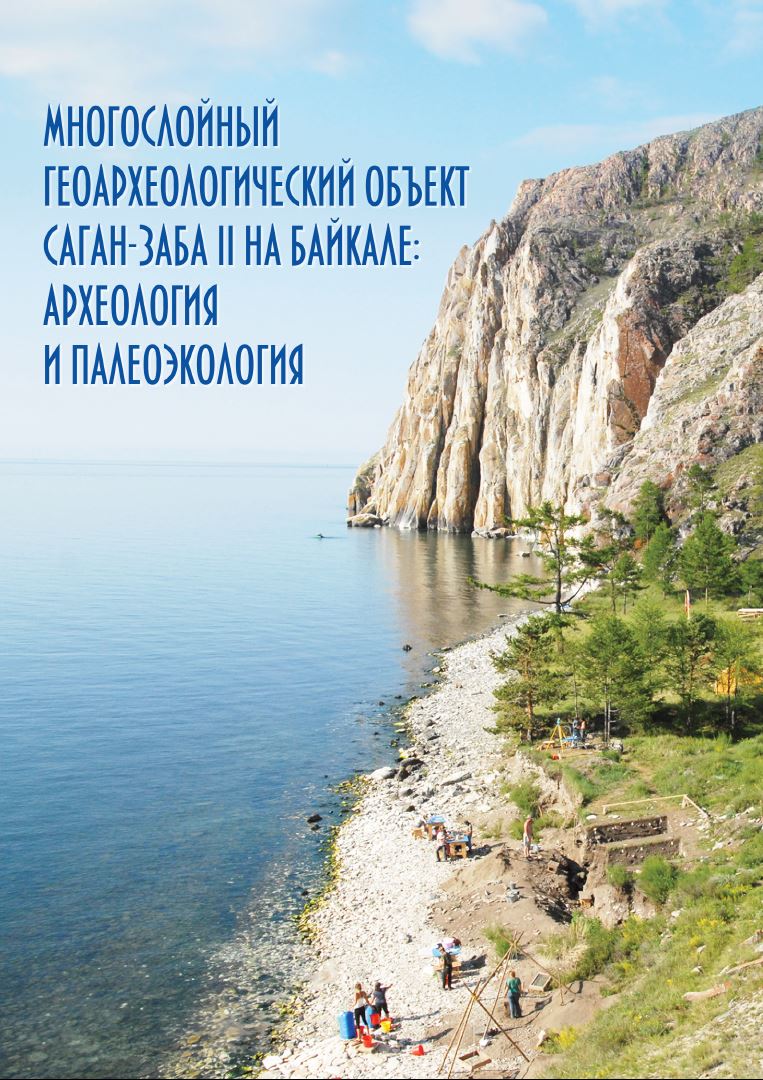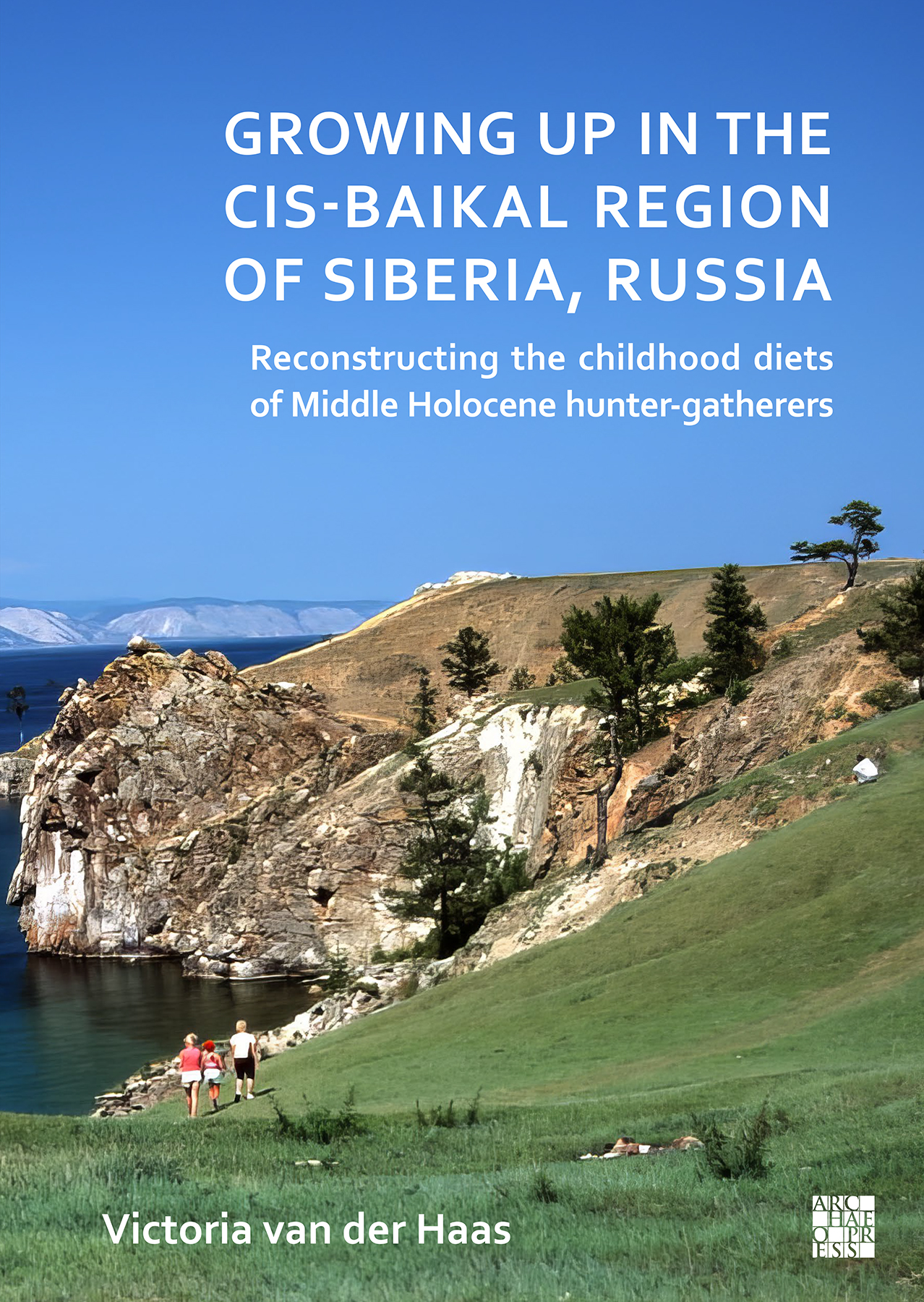The Tuakhane IX cemetery on the coast of Baikal: Neolithic – Bronze Age [in Russian]
This monograph is dedicated to culture-historical analysis of the mortuary assemblages documented at Tuakhane IX – one of the large and completely excavated prehistoric cemeteries of the Cis-Baikal region. Tuakhane IX is located on the cape of the same name on the northwestern coast of the Mukhor Bay of the Little Sea part of Lake Baikal. Comprehensive excavations of this necropolis were carried out in 2019–2022 by the Russian–Canadian archaeological expedition (a joint project between the Research Center [...]

